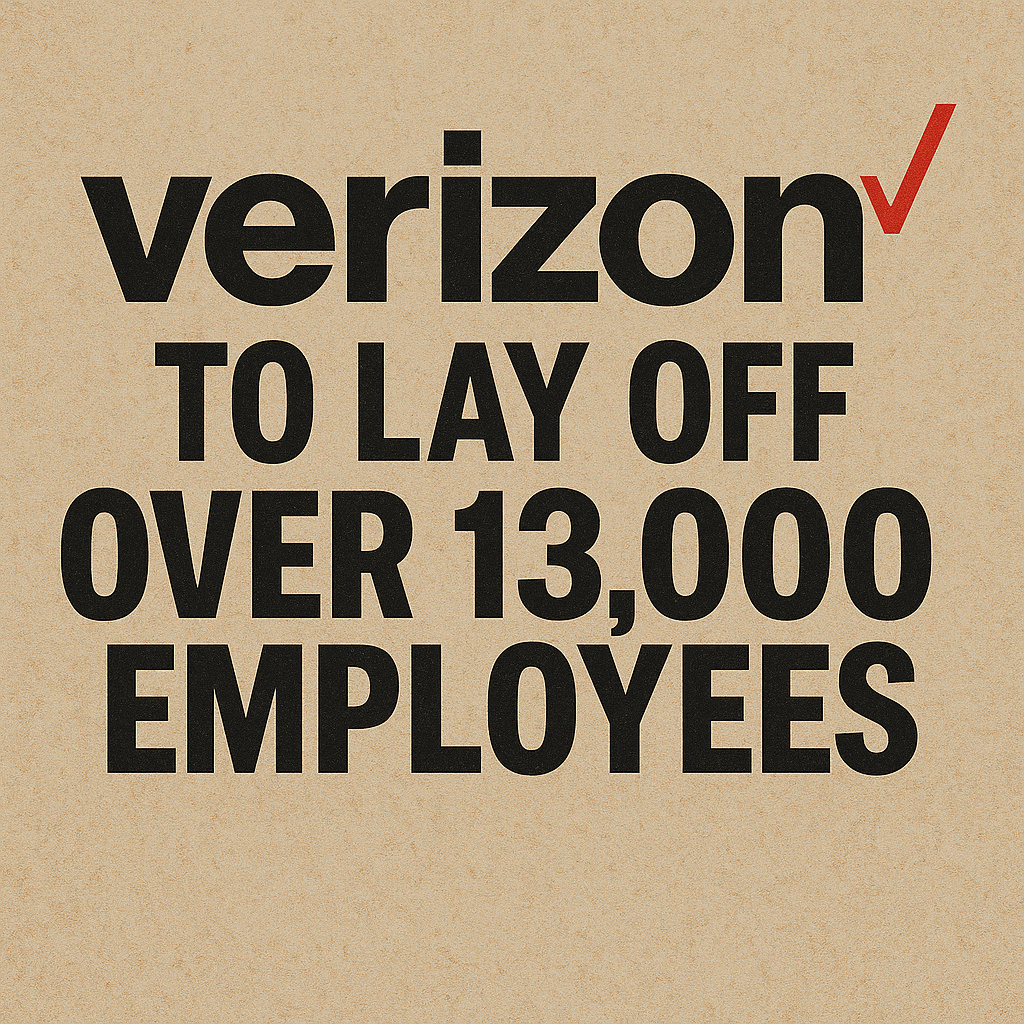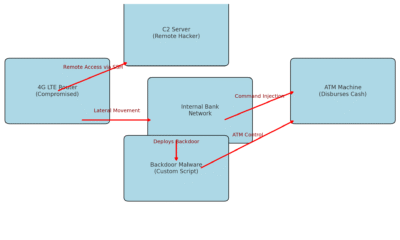business
Criminals Set Up Fake Online Pharmacies to Sell Deadly Counterfeit Pills, Prosecutors Warn

Authorities have warned of a growing trend in which criminal networks set up fake online pharmacies to distribute dangerous counterfeit drugs, posing a severe risk to public health. These fake drugs often contain hazardous substances and have led to numerous fatalities, prosecutors say.
The Rise of Fake Online Pharmacies
Fake online pharmacies are becoming an increasingly prevalent threat as criminals exploit the anonymity of the internet to set up seemingly legitimate drug websites. Prosecutors have revealed that these operations often target vulnerable individuals seeking prescription medications at reduced costs. They typically mimic legitimate online pharmacies, using fake certifications and official-looking logos to lure in unsuspecting consumers.
These counterfeit medications can include a wide range of products, from common painkillers to life-saving drugs such as insulin, antibiotics, and heart medications. Some of the most alarming cases involve fake opioids and benzodiazepines, which contain dangerous substances such as fentanyl and other synthetic analogues. Authorities have also reported a surge in counterfeit pills marketed as Xanax and OxyContin, which, when taken, have caused overdoses and even deaths.
The Deadly Ingredients Behind the Counterfeit Drugs
Laboratory analyses of seized counterfeit drugs have found that many contain substances that are either toxic or ineffective. In some cases, the pills contain none of the purported active ingredients and instead are made up of fillers such as chalk, powdered sugar, or other unknown compounds. The most dangerous counterfeit pills are those laced with fentanyl, a powerful synthetic opioid that is significantly more potent than morphine and has been a major contributor to the rising number of overdose deaths.
The U.S. Drug Enforcement Administration (DEA) and European law enforcement agencies have flagged an alarming increase in the number of fake pills flooding markets in both North America and Europe. Many of these pills are produced in clandestine labs, often located in regions with weak regulatory oversight. These counterfeit drugs are then distributed via sophisticated networks that use both the dark web and open internet to reach a global audience.
Law Enforcement and Prosecution Efforts
Prosecutors in the United States, Canada, and Europe have highlighted recent successes in combating the trade in counterfeit drugs. A series of joint operations have led to the seizure of millions of fake pills and the shutdown of hundreds of websites posing as legitimate pharmacies. Authorities have also arrested key figures involved in these operations, including individuals running illegal distribution centers and manufacturing labs.
The ongoing operation—dubbed “Pangea”—is part of a global initiative led by Interpol to tackle illegal online pharmacies. In the latest iteration of the operation, law enforcement officials in more than 80 countries participated, resulting in the shutdown of over 3,000 websites and the confiscation of more than $10 million worth of counterfeit medicines.
In a recent case, prosecutors in California charged several individuals with conspiracy to distribute counterfeit drugs via online platforms. The suspects allegedly used sophisticated advertising campaigns on social media to promote their fake pharmacy websites, drawing thousands of customers seeking medications for anxiety, pain management, and other conditions.
The Human Cost
The human toll of counterfeit drugs is staggering. In recent years, authorities have linked hundreds of overdose deaths directly to counterfeit pills sold through fake online pharmacies. Many victims were unaware they were taking counterfeit medications until it was too late. Experts warn that even a single dose of a counterfeit pill laced with fentanyl can be deadly, as users are often unaware of the exact potency of what they are consuming.
One particularly tragic case involved a college student in Ohio who purchased what he believed was a legitimate anti-anxiety medication through an online pharmacy. Instead, he received counterfeit pills laced with fentanyl, leading to his death. His parents, who have since become advocates for stricter regulations, have urged others to only purchase medications from verified sources and to be wary of suspiciously low-priced drugs.
Public Awareness and Safety Measures
In response to the growing threat, health authorities are emphasizing the importance of public awareness. They recommend that consumers verify the legitimacy of online pharmacies by checking for certifications from regulatory agencies such as the U.S. Food and Drug Administration (FDA) or equivalent bodies in other countries. Additionally, legitimate online pharmacies will typically require a prescription from a licensed healthcare provider, whereas fake sites often sell drugs without any prescription requirements.
The FDA, along with its counterparts around the world, is working to educate consumers on how to identify and avoid counterfeit drugs. They recommend using verification tools such as “BeSafeRx,” which provides a list of certified pharmacies, and caution against purchasing medications from websites that offer deep discounts or advertise without proper medical credentials.
Conclusion
The rise of fake online pharmacies poses a significant risk to public health, with counterfeit drugs leading to overdoses and deaths across the globe. Authorities are making strides in cracking down on these criminal enterprises, but consumers must remain vigilant. It is crucial for individuals to only purchase medications from trusted and verified sources, as the consequences of taking counterfeit drugs can be deadly.
The fight against these fake pharmacies is far from over, and it will take a concerted effort from law enforcement, health authorities, and the public to tackle this growing menace effectively. For now, the key to staying safe lies in awareness and caution.
business
Verizon Slashes Jobs in Record-Breaking Layoff — Here’s What We Know

Verizon announced a sweeping workforce reduction that will affect “more than” 13,000 employees — roughly 13% of its global headcount — in what CEO Dan Schulman calls the company’s largest-ever layoff. In an internal memo, Schulman says the move is intended to “simplify our operations to address the complexity and friction that slow us down and frustrate our customers.” The company also plans to cut outsourced and outside labor costs significantly. U.S.-based staff will begin receiving notifications today; employees outside the U.S. will be informed in the “coming weeks,” the Wall Street Journal reports
What Verizon says
- Reason: operational simplification and removing friction that hurts customer experience.
- Scale: “more than” 13,000 roles, about 13% of the workforce.
- Outsourcing: a significant reduction in outsourced and outside labor spending is part of the plan.
- Timing: U.S. notifications begin immediately; international notifications will follow.
Immediate impact
- Employees: tens of thousands will be affected directly or indirectly. U.S. notifications beginning today means many workers will learn their status immediately.
- Operations: Verizon says the goal is to reduce complexity and improve service — but short-term disruption to teams and projects is possible as roles are consolidated.
- Customers: Verizon frames the change as a way to speed decision-making and improve customer experience, though execution risk exists during the transition.
- Outsourced partners: vendors and contract workers can expect renegotiation or reductions.
What affected employees should do now
- Check official communications from HR and your manager for next steps and severance details.
- Ask about outplacement support (resume help, job counseling) and whether the company offers extended healthcare, COBRA assistance, or phased transitions.
- Document your work (accomplishments, repos, access) and secure personal copies of non-sensitive materials.
- File for unemployment as soon as possible where eligible and update LinkedIn and your network.
- Use company resources (employee assistance programs, career centers) and local talent services.
What managers and the company should prioritize
- Clear, compassionate communications and FAQs for affected employees.
- Fast, transparent explanation of severance, benefits continuation, and outplacement services.
- Careful workload redistribution and project continuity plans to avoid customer impact.
- A public-facing message to reassure customers and investors about service continuity and long-term strategy.
Market and strategic context (what this implies)
- Verizon is attempting aggressive cost reduction while refocusing on product and service quality (e.g., 5G, fixed wireless, enterprise services).
- Cutting outsourced labor and internal layers can reduce costs but carries execution risk: lost institutional knowledge, lowered morale, and short-term productivity dips.
- Investors may welcome lower operating expenses; customers and regulators will watch for service degradation.
business
🇲🇦 King Mohammed VI’s Speech Sparks Heated Debate in Parliament — “جيل زد يُجيب”
Rabat — October 2025
Inside Morocco’s Parliament, tension and reflection filled the air just hours after His Majesty King Mohammed VI delivered his opening-session speech. What was meant as a national roadmap quickly turned into a day of open confrontation, emotional testimonies, and unexpected admissions from members of both majority and opposition blocs.
🏛️ A Speech That Touched Nerves
The King’s address, described by analysts as “direct and reform-oriented,” called for greater social justice, job creation, and balanced development across Morocco’s regions.
“No village left forgotten, no coast without a hand,” the King declared — a message that resonated deeply with citizens and lawmakers alike.
Within hours, parliamentary corridors buzzed with interviews, arguments, and introspection. Some MPs hailed the speech as “a moral reset,” while others questioned whether the government was capable of turning royal vision into tangible results.
🧠 From Rabat to the Sahara — Gen Z Responds
Younger members of Parliament — labeled as جيل زد (Gen Z) — became the focus of cameras and public curiosity. Many expressed frustration at what they see as a widening gap between political promises and everyday realities faced by Moroccan youth.
“The King spoke about unity and work. We agree — but the youth need a chance to prove themselves,” said one 28-year-old deputy.
“We have the energy; the system just needs to open its doors.”
Another young MP caused a social-media storm after saying that “in some ways, Moroccan social values are stronger than Germany’s.”
Critics accused him of downplaying Europe’s economic strength, while others applauded his pride in Moroccan family cohesion.
He later clarified his words, emphasizing that every nation faces challenges — and that Morocco’s real wealth lies in its people.
💬 Resignation, Reflection, and Responsibility
Just a week earlier, one deputy had submitted his resignation in protest over what he called “a lack of listening to the new generation.”
After the King’s address, he withdrew it.
“The royal speech gave me renewed hope. This is not the time to quit — it’s time to work,” he told reporters.
Across party lines, both RNI and PAM youth wings echoed similar messages: commitment to reform, but also impatience with bureaucracy.
Several MPs criticized ministers who, they said, “do not answer calls, do not reply to written questions, and have lost touch with citizens.”
⚖️ Opposition Voices: ‘A Government in Denial’
Members of the opposition used the session to accuse the cabinet of denial and poor communication, arguing that ministers are “living in a different reality” from citizens struggling with prices and unemployment.
“The royal messages were clear,” said one opposition leader. “The problem is not the King’s vision — it’s implementation.”
🌍 Morocco’s Path Forward
Analysts note that the King’s address aligned with long-standing themes: national cohesion, balanced territorial development, and respect for dignity in public service.
But the 2025 context — economic pressure, youth disillusionment, and the digital activism of Gen Z — gives these calls new urgency.
“This generation communicates differently,” said a policy researcher. “If institutions don’t adapt, they’ll lose credibility.”
🕊️ A Message Beyond Politics
As the parliamentary session ended, one young MP summed up the mood:
“الملك تكلّم… ونحن سنُجيب بالعمل — The King spoke, and we will answer through action.”
For now, the chamber that often echoes with partisan debates found itself united — briefly — under a single message:
Morocco’s future belongs to its youth, but responsibility belongs to everyone.
business
Luxury Carmaker Jaguar Land Rover Shuts IT Systems After Cyberattack

Tata Motors’ luxury brand shuts global IT systems amid suspected ransomware attack; no customer data reported compromised.
Jaguar Land Rover has shut down production and retail systems worldwide after a cyberattack “severely disrupted” operations. A hacking group linked to previous attacks on UK retailers has claimed responsibility. While no customer data appears compromised, the incident halted vehicle registrations and manufacturing, raising fresh alarms about the auto industry’s vulnerability to cyber threats
Jaguar Land Rover Hit by Major Cyberattack
Jaguar Land Rover’s global production and retail operations were brought to a standstill this week after a cyberattack “severely disrupted” its IT systems. The company shut down core applications and suspended manufacturing across key UK plants, including Halewood and Solihull, during one of the busiest sales periods of the year.
The UK’s National Crime Agency has opened an investigation, while the company races to restore operations. JLR confirmed that, as of now, there is no evidence that customer data has been compromise
Immediate Disruption to Plants and Dealers
The September 2 cyber incident forced JLR, owned by India’s Tata Motors, to halt assembly lines, send staff home, and suspend dealer systems used to register new vehicles. Dealers reported they could sell in-stock cars but could not process new registrations, delaying deliveries and revenue flows.
A company spokesperson said:
“We took immediate action to mitigate its impact by proactively shutting down our systems. We are now working at pace to restart our global applications in a controlled manner.”
Expert Reactions
Cybersecurity specialists warn the incident highlights the fragility of digitally integrated manufacturing.
Dray Agha, Senior Manager at Huntress, said:
“This incident highlights the critical vulnerability of modern manufacturing, where a single IT system attack can halt a multi-billion-pound physical production line.”
Aiden Sinnott, a researcher at Sophos, compared the attackers’ tactics to those of notorious cyber gangs:
“They speak English and they are keen on using social media channels. Lapsus$ shared similar tactics and demographics as the Scattered Spider collective.”
Technical Analysis
While JLR has not disclosed the specific intrusion method, several indicators suggest ransomware-style tactics:
- Proactive Shutdowns: JLR’s decision to disable IT and OT (operational technology) systems aligns with standard ransomware containment measures.
- Interconnected Impact: The attack disrupted not just IT but entire supply chains, underscoring the risks of tightly linked digital production networks.
- Extortion Motive Likely: Although no ransom demand has been confirmed, past incidents involving JLR and similar industries suggest data exfiltration and extortion are possible.
The incident underscores the importance of segmentation, real-time monitoring, and robust incident response across manufacturing IT and OT systems.
Impact and Response
- Employees: Factory staff in the UK were sent home as assembly lines stopped.
- Dealers & Customers: Dealers could not register new vehicles, delaying customer deliveries.
- Suppliers: Supply chains faced ripple effects, with halted orders and logistics disruptions.
JLR has engaged external cybersecurity teams and is working with government agencies to restore operations in stages. The company must also prepare for regulatory inquiries and possible long-term trust issues with suppliers and consumers.
Broader Context
The cyberattack comes amid a surge in UK corporate cyber incidents. Retailers including Marks & Spencer, Co-op, and Harrods have all suffered breaches in recent months.
For JLR, this is the second major attack in 2025, following a March breach where a ransomware group claimed to have stolen internal data. The company had invested heavily in cybersecurity modernization, including a contract with Tata Consultancy Services—but repeated incidents suggest lingering vulnerabilities.
Conclusion
Jaguar Land Rover’s shutdown highlights the growing risks of interconnected, digital-first manufacturing. In today’s auto industry, downtime no longer means a local setback—it translates directly into lost global revenue and potential long-term reputational harm.
As JLR works to restore its systems, the incident serves as a stark reminder: in modern manufacturing, operational resilience depends as much on cybersecurity as on engineering.
Sources:
Reuters, Britain’s JLR hit by cyber incident that disrupts production, sales;
The Guardian, Hackers linked to M&S breach claim responsibility for Jaguar Land Rover cyber-attack;
Financial Times, Jaguar Land Rover says production ‘severely’ disrupted by cyber incident;
SecurityWeek, Jaguar Land Rover Operations Severely Disrupted by Cyberattack.















